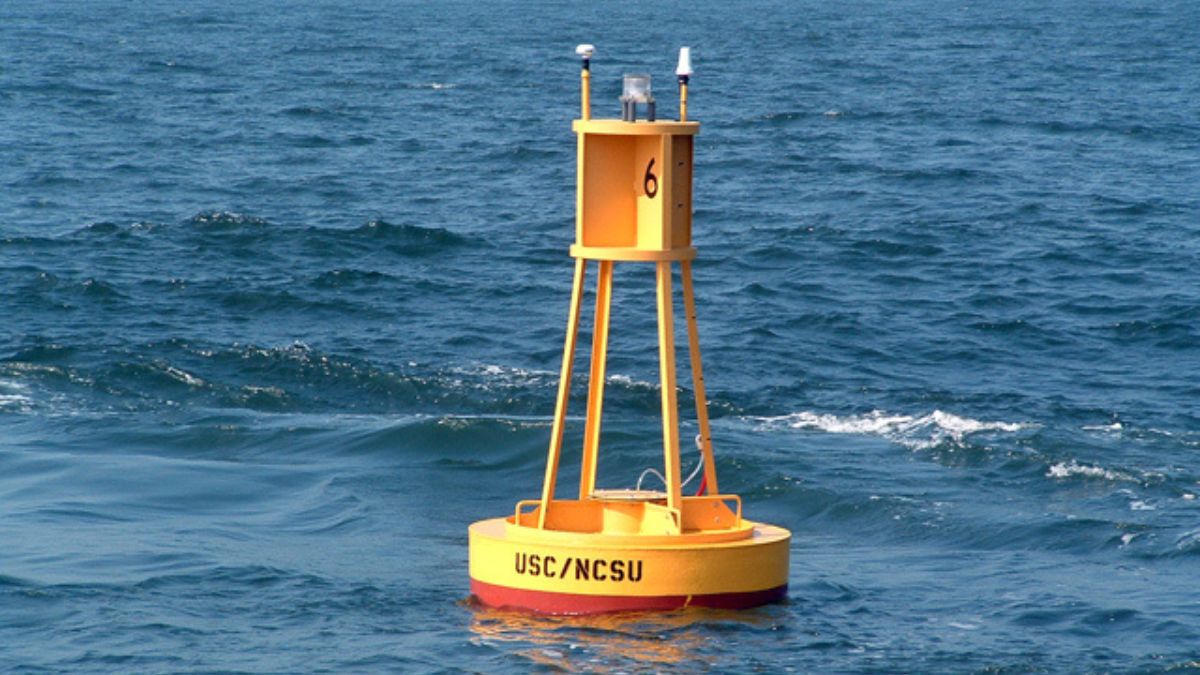 Image Credits - mooring system inc
Image Credits - mooring system inc
A buoy believed to be of Chinese origin was discovered drifting in Japan’s exclusive economic zone (EEZ) in the East China Sea with a broken fixture, as reported by the Yomiuri Shimbun, citing information from government sources. The buoy, approximately 5 meters in diameter, features the inscription “QF223” and Chinese characters translating to “China ocean observation,” leading authorities to believe it was installed by Chinese authorities. The Japan Coast Guard has issued a cautionary alert to vessels navigating in the vicinity, urging vigilance to avoid potential collisions.
The Japanese government is actively analyzing the purpose of the drifting buoy and is contemplating the possibility of recovering and examining it for further insights. According to various sources, a Coast Guard patrol vessel discovered the buoy floating upside down in the sea, roughly 170 kilometres north of the Senkaku Islands in Okinawa Prefecture.
The buoy in question is suspected to be a mooring buoy designed with a weight attached to a chain, typically deployed into the sea to secure its position. It is presumed that the base of the chain broke, leading to the loss of weight and causing the buoy to drift away.
This incident follows a similar occurrence in July of the previous year when it was disclosed that a Chinese research vessel had installed a buoy, approximately 10 meters in diameter, for presumed oceanographic research in Japan’s EEZ, about 80 kilometres northwest of the Senkaku Islands in the East China Sea. In response, the Japanese government lodged a diplomatic protest with China and repeatedly urged the immediate removal of the buoy. However, China has yet to respond, and the buoy remains in place.
These incidents raise concerns about China’s activities in Japan’s EEZ and the potential implications for maritime safety and territorial integrity. The Japanese government’s continued efforts to assess and address such occurrences underscore the significance of maintaining the security and stability of the region. As tensions persist, it remains to be seen how diplomatic channels will be utilized to address the latest incident and prevent further challenges to maritime security in the East China Sea.
